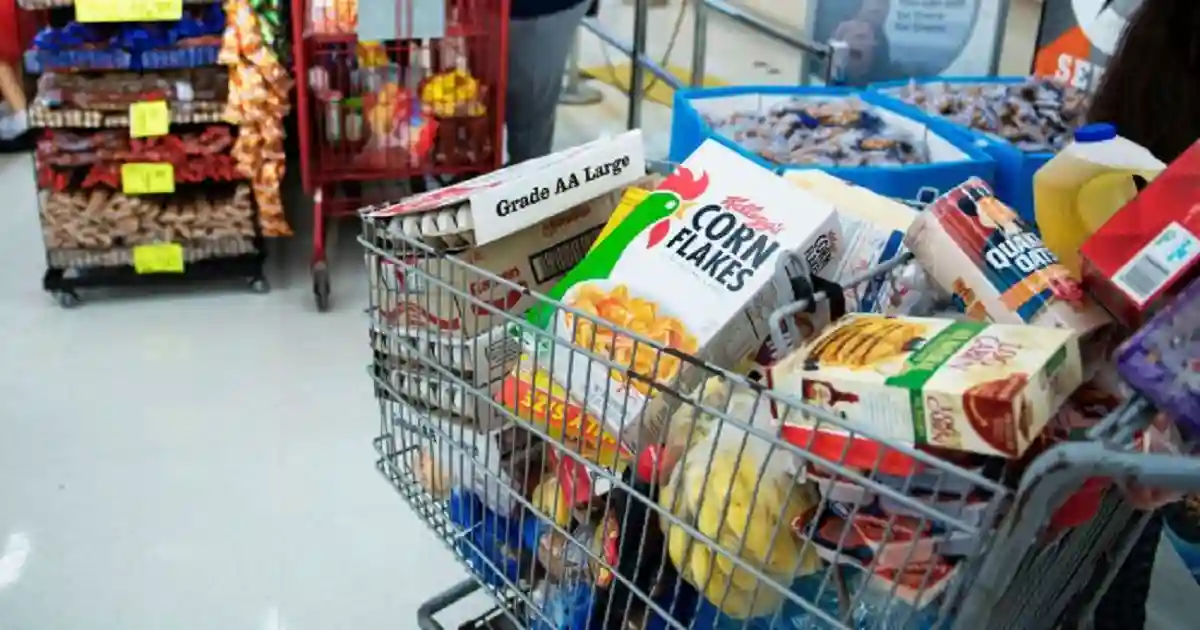Zimbabwe’s high food inflation has become a major concern as it accounts for a significant portion of households’ expenses, according to a report by the Famine Early Warning Systems Network (FewsNet). The report which focused on Southern Africa Regional Supply and Market Outlook highlights that food price inflation is over 10% in several countries, including Zimbabwe, which has been dealing with persistently high food inflation for nearly a decade.
The situation is worsened by high debt bills and limited social spending, which restricts subsidies and social assistance, NewsDay reported citing the report. The FewsNet report read:
High annual headline inflation rates remain prevalent in Zimbabwe, Malawi and DRC [the Democratic Republic of Congo], while food inflation continues to be over 10% in Malawi, Zimbabwe, Angola, Madagascar and Zambia.
High food price inflation is a significant concern for the region, as food makes up a third or more of households’ expenses. While some of these countries have dealt with persistently high food inflation for nearly a decade, the impacts of high debt bills and constrained social spending accentuates access constraints by limiting subsidies and social assistance.
The depreciation of domestic currencies against the US dollar and increased lending rates contribute to rising import costs, further fueling inflation. The report also warns that increased fertiliser and fuel prices may lead to reduced agricultural yields, contributing to higher food inflation.
On a positive note, Zimbabwe is expected to be self-sufficient in maize, while other countries in the region, such as South Africa and Tanzania, have recorded surpluses. However, Malawi is projected to have a minor deficit. The rising cost of the family basket has further highlighted the financial pressures faced by households. In September, annual inflation fell to 18.4%, but the depreciation of the domestic currency and potential increases in crude oil prices may exacerbate inflationary pressures in the future.
Food inflation is expected to increase in the last months of 2023 due to rising prices during festive seasons. This means that the cost of food is likely to go up, making it more expensive for people to buy.

